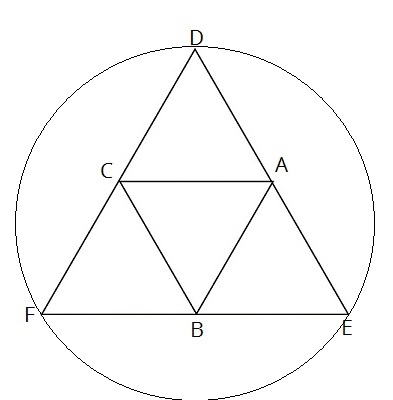Within a couple of hours of that, I had a plan:
The colonists have won, and thrown the oppressive corporate boot off their necks. Now, a council of rebel leaders have gathered to try and decide the way forward. But not everyone agrees on what they should do - or on what was done to win their freedom.
Inspired in part by Red Mars, this one has been on my list for a while. Let’s see if it works.
Meanwhile, I’ve been thinking about relationship structures for small games. For a 5-player game, there’s an obvious structure: the pentagram:

The characters are the vertices. Lines are -ve relationships, adjacency is positive (or vice-versa; its just a question of how you want to draw it). You can also overlay issues onto the diagram for a second layer of plot: each line or side of the pentagram is an issue, with the vertices being the two characters advocating different solutions. Because of the relationship pattern, the swing is either going to be their mutual friend, or mutual enemy.
(Venezia used this structure for its factions, and then used it for the personal relationships within its factions as well. It was pentacles all the way down).
For six players, you can stick someone in the middle, above all the factions (I used this model in The Kyme Summit). Or you can move to a triangle-based structure:

Again, the characters are the vertices. Make the inner triangle negative relationships, the outer triangles positive, and the outer circle negative. So character A has -ve relationships with B and C, and positive ones with D and E, while D has +ve relationships with A and C, and -ve ones with E and F. Again, you can go to 7 characters by putting someone in the middle.

